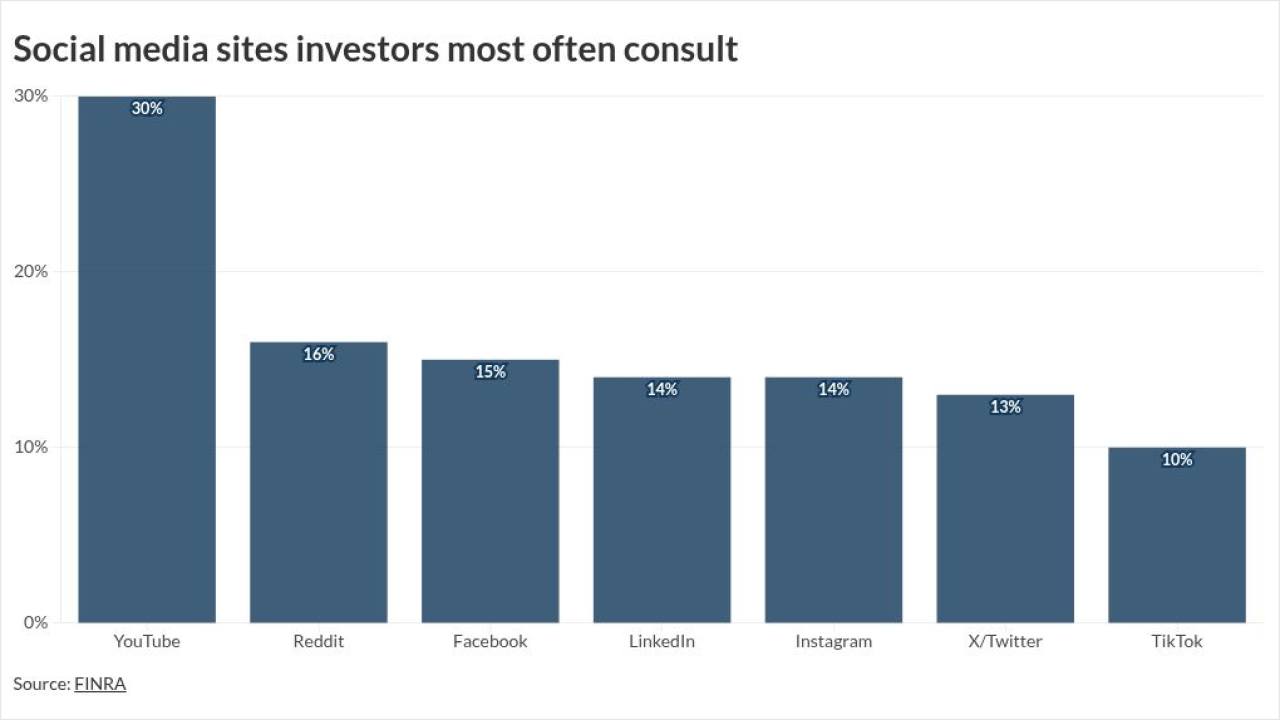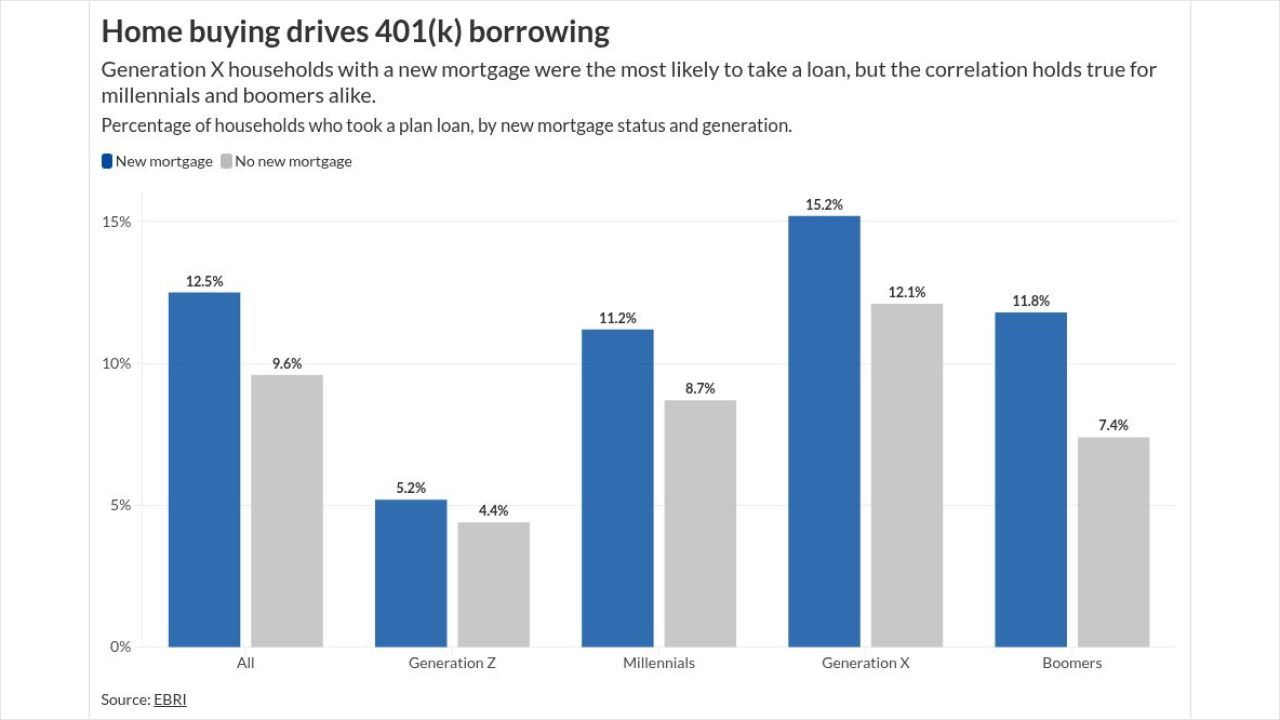When you look at a map of North America, Canada is pretty hard to ignore. Larger in area than the U.S., it reaches from the northern boundary of the lower 48 states, all the way up into the Arctic Ocean. The population, about 35 million, and its GDP of U.S. $1.8 trillion, are both about one-ninth of the comparable figures for the States.
Canada is a huge country, and it is also the U.S.'s largest trading partner. And yet, odds are that you and your clients dont have any pure Canadian investment assets in your portfolios.
I will bet you that most U.S. investors are getting no exposure at all in Canada except by holding shares in U.S. companies that have operations in Canada, offers Jeffrey Saut, investment strategist at Raymond James. Unless you grew up on the border as I did, most Americans dont even think about Canada.
NO BENCHMARKS
Sauts colleague at Raymond James, Nick Lacy, vice president and director of institutional research, says one reason U.S. investors are ignoring Canada is because most advisors dont measure their performance against a benchmark that includes Canada, but rather use the EAFE index. Neither does any domestic U.S. index include Canadian stocks.
Explains Lacy, When you invest in stocks that are not in a benchmark, theres a risk of underperforming if those stocks dont do well. Of course, if they do better, it would allow you to outperform, but most advisors dont want that risk. Theyre more concerned with underperforming.
Americas closest neighbor, one with GDP growth that has outperformed the U.S. in four of the last five years, may soon start showing up on most American advisors radar screens. Canadas economy looks to be still growing faster than the U.S. economy going forward. Anticipated growth of 2.3% is projected for this year, versus 2.1% for the U.S., according to the latest estimate by the Organization for Economic Cooperation and Development.
GOING UNNOTICED
As Christopher Davis, head of active fund research at Morningstar Canada says, I think that Canada is underappreciated by U.S. investors precisely because the countries are so close together and culturally similar. But actually, economically they are very different places.
For example, he points out that the Toronto Stock Exchange index, the TSX, has a surprisingly low correlation with the S&P, despite the fact that Canada is dominated by three sectors -- energy, financials and materials -- that US advisors might assume would be closely linked to the U.S. economy. He also points out that the Canadian dollar behaves very differently from the U.S. dollar, too.
For example, in the 2000s, he says, U.S. investors in Canadian funds fared very well because the Canadian dollar strengthened over the period against the dollar." During that period it ranged from a low of $1.65 Canadian for every $1 U.S. in 2002, to a high of $0.92 for every $1 in 2007. While there were ups and downs along the way, the trend over the period was upward.
Davis adds that because of the high proportion of mining and energy stocks in the 60 companies making up the TSX, Theres more correlation between Canada and emerging market countries, and China, than there is between Canada and the U.S., or Canada and Europe.
He says, Surprisingly, correlation makes Canada an interesting way to play emerging markets and China but with a country that has a transparent, well-regulated financial market, and that is politically stable.
RELIABLE AND STABLE
One advantage that Canada offers over other energy-industry weighted investments, he notes, is that because most of its energy exports go to the U.S., its domestic energy industry actually benefits from Middle East crises. Canada of course is a reliable U.S. supplier.
He makes the added point that Canadas financial sector, also a significant part of the TSX, is far more stable than its bailed-out and still problematic U.S. counterpart.
"Canada," he says, has one of the most stable financial sectors in the developed world. U.S. banks arent even in the same league as Canadian banks, which have never experienced a panic in their entire history.
During the U.S. and global fiscal crisis that hit in 2008, Canadas banks, which were not involved in investment banking, and which did not make subprime loans, did fine. Canada required at that time and still requires a minimum 20% down payment on all home mortgages, and doesnt over-promote home-ownership by offering tax deductions for mortgage interest.
Davis cautions that there is some concern that real estate has become expensive in places like Vancouver and Toronto, where there is some of the most expensive property in the world, but while that could hurt the banks, he says theres no risk to the viability of any financial institutions.
I would think Canada would be a small part of a U.S. investors portfolio, says Davis. After all, Canada only represents less than 4% of global market cap. But from an advisors perspective, Id think you could see it as part of an emerging market bucket -- something that could replace some of your emerging market portfolio.
Says Raymond James Saut, I think there is merit in putting some Canadian assets in U.S. client portfolios, may be not as a short or intermediate play, but as a longer term investment. He says Canadian stocks are not cheap right now, but on the other hand, the Canadian dollar is low, at about U.S. $0.89. Eventually it will be at parity again. Oil prices, too, he notes, are historically low at the moment, but theyll probably pick up and be back in the $100-110 range. Both of those predictions, if correct, would bode well for Canadian dollar-denominated investments.
I have no problem with more Canadian exposure for American investors, he says. In fact, I already own some Canadian companies myself.
MORE OPPORTUNITIES AND OPTIONS
Lacy, meanwhile, adds that an additional uptick for Canadian investments could be expected if Canada were added to the EAFE, something he says he expects to happen at some point. Then its like when a company is added to the S&P. There is usually a pick-up in the stock when that happens.
Davis notes that Canadian mutual funds cannot be sold outside of Canada, and suggests that advisors should consider using ETFs instead as a vehicle for putting Canadian equities into a U.S. clients portfolio. From a tax perspective, investing in Canadian-domiciled mutual funds would be a nightmare, he says, plus the fee structures are different.
ETFs are a different story.
There are a number of ETFs that track the TSX or various sectors of Canadian industry, with many traded on the Toronto exchange, and some traded in the U.S. Morningstars Davis recommends, as a broad fund, the U.S.-listed iShares MSCI Canada ETF (EWC). This ETF has grown 15% over the past three years, and 3.2% year to date. Designed as a single-country fund, it represents 85% of the TFX listed firms, with the top ten holdings including four financial companies, three domestic oil and gas companies, two railroads and a pharmaceutical firm.
With an expense ratio of 0.51%, this ETF, denominated in U.S. dollars, is not cheap. As of September 30, it has shown an average annual return over three years of 8.65% and a 10-year average annual return of 9.00%.
For the more adventurous, who want to include Canadian currency in the mix, Morningstar suggests the Vanguard FTSE Canada Index (VCE). Compared to the TSX, this index tracks a wider range of Canadian large and mid-cap companies which collectively represent about 75 percent of the Canadian equity market. The ETF, launched in late 2011, gained 13% last year and 7.3% in 2012. Year to date it is up 12.46%. Vanguard also just announced this month that it was knocking down its fees on all 11 of its Canadian-listed ETFs, with the fee for the VCE falling from .09% to .05%.
Rudy Luukko, editor for investment and personal finance at Morningstar Canada, says he also likes another Canadian-listed ETF called iShares S&P/TSX 60 (XIU). This four-star-rated product, he says, with an expense ratio of .17%, offers U.S. investors broader exposure to smaller Canadian companies too, but like the Vanguard ETF, it is listed on the Toronto exchange and must be purchased with Canadian dollars. This ETF is up 12.62 year to date, and has a 10 year annualized return of 8.1%.
Even that big bone of contention, the Keystone Pipeline, which if finally approved for completion in the U.S. over environmentalist objections, and which would start flowing oil from Canadas huge tar sands deposit in Northern Alberta south into the U.S., doesnt seem to be a big risk for Canadas economic outlook. Those companies that are involved in the tar sands project are going to find a way to get the oil out of the ground and to send it somewhere, whether its to the U.S. or to China, whether its by pipeline or by train, says Morningstars Davis. They were up there working on this before anyone even had a Keystone Pipeline in mind, he notes.
Read more:
Navigating a Period of Rising Rates The Social Security Zone - The Right Way for Social Security Planning Women and Investing: How to reach this important target market





